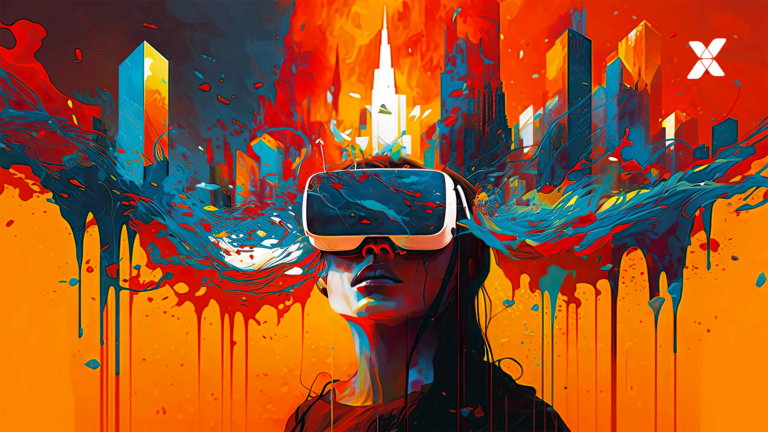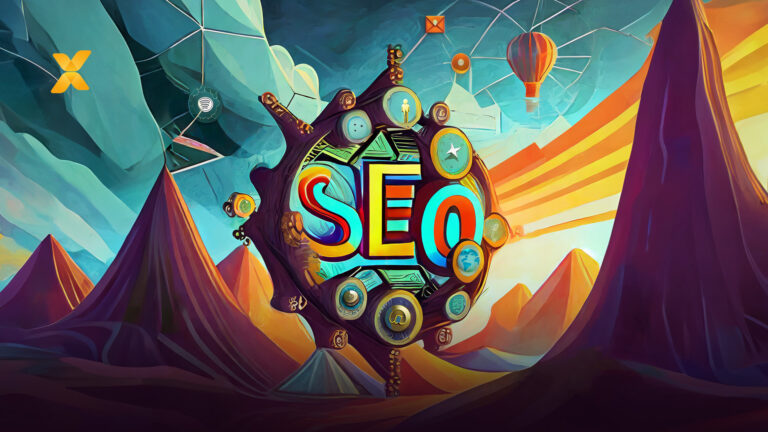In the changing world of ecommerce, businesses are always looking for innovative solutions to stay ahead of the curve. One technology making waves in the industry is Extended Reality (XR). As we step into a new era of online shopping, XR is poised to redefine how consumers interact with brands and products. In this article, we will look into the impact of XR on ecommerce, exploring its benefits and challenges, and how businesses can harness its potential to deliver unparalleled customer experiences.
TABLE OF CONTENTS
- What is extended reality (XR)?
- Why extended reality matters in ecommerce
- Benefits of extended reality
- Challenges of extended reality
- Implementation of extended reality in ecommerce
- Embracing extended reality in your ecommerce
- How Vaimo can help
What is extended reality (XR)?
XR is an umbrella term that encapsulates the following technologies: Augmented Reality (AR), Virtual Reality (VR), and Mixed Reality (MR). Imagine offering your customers special glasses that create an immersive shopping experience by merging the digital and physical worlds. XR opens the door to several new shopping experiences, from virtually trying on a pair of shoes to visualizing how a sofa looks in your living room.
Why extended reality matters in ecommerce
Immersive technologies have reshaped how brands connect with their customers, including B2B, B2C, or D2C shoppers. Nowadays, online shopping has become the norm, and XR bridges the gap between the virtual and physical worlds. It breaks the typical boundaries of ecommerce, offering immersive digital experiences that engage consumers like never before. It is no surprise that recent data shows the global augmented reality market, which was worth $38.56 billion in 2022, is on track for remarkable growth, with an expected annual growth rate of 39.8% from 2023 to 2030.1 This highlights the impact of XR on how we connect with customers and the future of ecommerce.
Let us look at how XR can enhance customer engagement, boost sales, reduce returns, refine product design, cut costs, elevate customer service, and ultimately provide a competitive advantage for ecommerce companies.
Benefits of extended reality
Expanding on the significance of extended reality (XR), let us now unravel the specific advantages that sets it apart in the ecommerce landscape.
1. Enhanced customer engagement
XR offers more than just interactive graphics. It crafts a narrative, a story where customers are at the center of the experience. It is personal, immersive, and offers a level of engagement never seen before.
2. Increased sales
The global extended reality market has experienced significant growth in recent years and is likely to register $755.8 billion by 20332, with the potential to boost sales significantly. The ability to “try before you buy” gives customers a newfound confidence in the online shopping experience and the brand. This assurance often translates to increased sales and brand loyalty.
3. Reduced returns
XR’s clarity ensures that customers know exactly what they are purchasing, significantly reducing post-purchase dissonance and the associated returns.
4. Streamlined product design
Real-time feedback via XR means businesses can tweak their products based on genuine customer interactions, ensuring they meet market demands.
5. Cost savings and efficiency
XR operates around the clock, always ready to assist customers, reducing the need for extensive customer service teams.
6. Elevating customer service
XR is not just about products but is also revolutionizing customer service. Whether it is a product setup or an issue that has occurred, XR-enhanced customer support ensures customers have a seamless experience.
7. Competitive advantage
The growth of ecommerce comes as no surprise, and immersive technology plays an important role in making the shopping experience more effective and convenient.
Challenges of extended reality
Before we consider implementing extended reality into our ecommerce, it is crucial to recognize the potential obstacles ahead. From financial considerations to technical complexities, let us explore the challenges businesses face in harnessing the full potential of XR.
1. High costs
Implementing XR in ecommerce is a significant investment that requires a substantial financial commitment, which can be quite challenging for small to medium-sized businesses. According to Visartech, the cost of a virtual reality project can range from $10,000 to over $200,000, depending on the XR type, complexity, content, and hourly rates of XR development vendors.3
2. Time-consuming
Developing content and applications can be a time-consuming process. Crafting immersive experiences, 3D models and ensuring a perfect integration requires much time and expertise.
3. Technical limitations
XR’s greatest strength might also be its greatest weakness. The advanced hardware and software needed for it to work is continuously evolving. As a result, there are often software bugs, hardware constraints, and compatibility issues, which can threaten the idea of a seamless delivery.
4. Limited audience
Extended reality, particularly virtual reality (VR), may not suit everyone’s preferences or needs. Some users may find wearing VR headsets or engaging with augmented reality uncomfortable over extended periods, potentially leading to feelings of discomfort, dizziness, or motion sickness.
5. Privacy concern
Extended Reality provides an experience that might involve the collection of personal information through various means, giving rise to significant privacy concerns. . Ecommerce businesses, therefore, need to be aware of laws and regulations such as GDPR, which sets strict standards for data protection and privacy.
6. Training
Companies that are looking to implement an immersive experience in their ecommerce, will have to invest in training and educating both employees and customers on how to use XR technology effectively.
Implementation of extended reality in ecommerce
The versatility of extended virtual reality can be seen through its impact across the entire ecommerce field. Here are some examples of innovative approaches using this solution:
1. Virtual try-ons for clothing and accessories
The fashion industry is one of the biggest beneficiaries of XR due to the importance of fit and appearance when making purchase decisions. Customers can now virtually try on everything from jackets to shoes, ensuring they make the perfect choice every time.
2. AR product visualization for home goods
Buying furniture online has always required a degree of risk-taking. However, with immersive visuals available, customers can now see almost exactly how their new coffee table or bookshelf would fit in their home.
3. Interactive 3D product displays
Gone are the days of static product images. With XR, customers can interact with products, viewing them from every possible angle, ensuring they have all the information they need to make an informed choice.
4. AR-assisted customer support
Have you ever struggled with assembling a product, even with a user manual available? With XR-enhanced customer support, customers can receive step-by-step guidance, making product setups a piece of cake.
5. Warehouse management with extended reality
What happens behind the scenes of ecommerce is equally important as other processes. AR technology lets you manage your stocks through collected data, which makes it possible to exclude products not available in the virtual experience.
Embracing extended reality in your ecommerce
As the digital landscape undergoes rapid transformation, XR stands out as a revolutionary innovation. It is not just about selling products; it is about creating experiences, stories, and memories. As the world of ecommerce continues to grow, businesses that harness the power of extended reality can thrive and adapt to new industry standards.
Extended Reality (XR) offers a different approach to ecommerce, bringing immersive experiences that bridge the gap between the digital and physical realms. With benefits ranging from enhanced customer engagement to increased sales and efficiency, XR is undoubtedly setting new benchmarks for online shopping. However, like any emerging technology, it comes with challenges. As the ecommerce sector evolves, businesses must adapt proactively to these technological shifts, ensuring they remain competitive and relevant in the market. Embracing XR is not just a tech upgrade; it is a strategic move towards creating richer, more personalized customer journeys. The future of ecommerce is immersive, and XR is leading the way.
How Vaimo can help
At Vaimo, we are not just spectators; we play an active part in this shift. Incorporating XR into your ecommerce strategy requires a partner who understands how to create exceptional customer experiences. Contact our team of experts to learn how we can help you grow your ecommerce business.
Sources
1 – Augmented Reality Market Size And Share Report, 2030 – grandviewresearch.com
2 – Extended Reality Market Outlook (2023 to 2033) – futuremarketinsights.com
3 – Make Your Product a 3D Experience With Extended Reality Services – visartech.com







